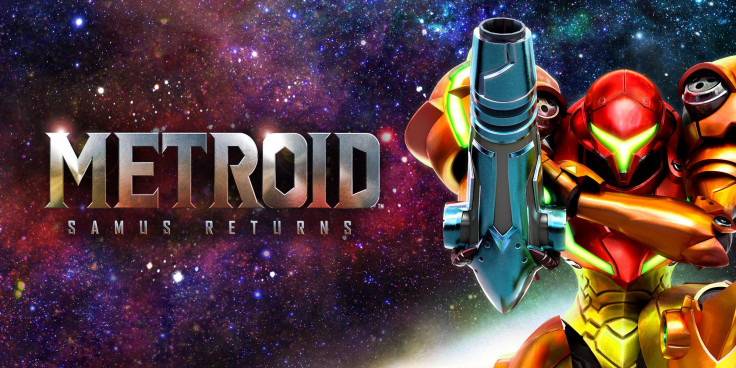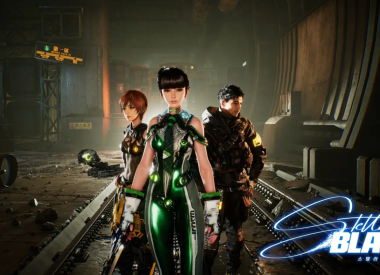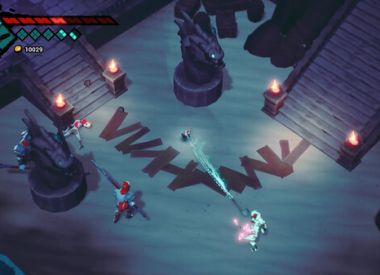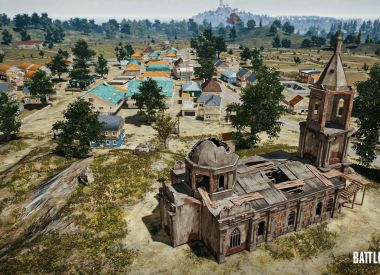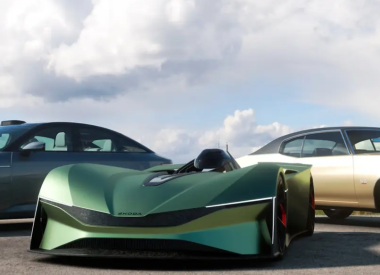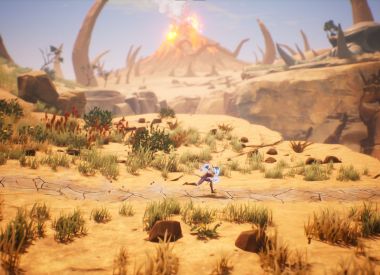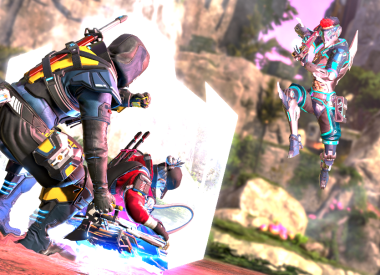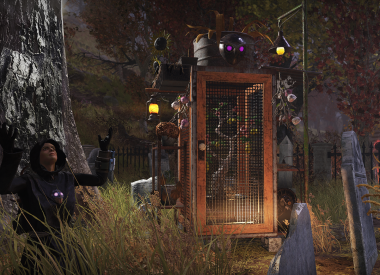Nintendo announced two Metroid titles at E3 2017 , the long-awaited new Metroid Prime for the Nintendo Switch and Metroid: Samus Returns for the 3DS.
And while the Switch Metroid game is seemingly a long ways off, Samus Returns will arrive on the 3DS sooner than you think and we got a chance to try it out at San Diego Comic-Con.
For those who don’t know, Samus Returns is a reimagining of the original Metroid II and it keeps the same story and world of that title, but with a huge update in terms of graphics and gameplay.
Speaking of graphics, Samus Returns looks drop-dead gorgeous. The original developers of Metroid II wanted to keep the same vibe of that game, yet the backgrounds are amazing and they really pop when the 3D is on. In fact, it actually makes me want to leave the 3D.
Whenever I play on my Nintendo 3DS, my 3D lever is always turned off. Not that I don’t appreciate the function on my handheld system, but the 3D normally tends to hurt my eyes when I’m using it for long periods of game time and not to mention the draining of the 3DS battery. But with Samus Returns , the backgrounds really immerses you into this world and it’s something you can only appreciate with the 3D on.
The music and sounds compliment the game well, furthering the immersion of players into this Metroid experience.
As for the gameplay, if you’ve played any of Metroid 2D handheld games, you’ll feel right at home with the controls. With that said, there are some new mechanics that have modernized Metroid II while also helping newer players get the lay of the land, so to speak.
The first difference is the melee system. Normally, Samus is running and gunning through a planet, but in Samus Returns , you will have access to a melee attack that will prove useful as you progress in the story, especially when some enemies will leap at you – this is where the melee function really shines. If you time it right, you’ll be able to deliver a massive blow and stun the enemy in the process. Of course, this works differently for stronger enemies and bosses, but the principle remains the same. Every type of enemy has a different attack timing so you’ll need to be quick with your fingers to get the timing just right.
Other new mechanics include a new heads-up display where the map is actually visible in this game. I was too young when Metroid II came out, but I was told there wasn’t a map, so players usually created their own maps on paper to keep track of where they have been. You won’t have to worry about that anymore as the map is easily accessible on the bottom screen. The map automatically shows items you found in each room and hall, but the coolest little change is how you can mark the map. You’re only allowed 10 stamps but you can stamp the map in a way to help you navigate and find hidden items.
In addition, Samus has the ability to project something similar to an EMP, which allows you to find hidden items on the map. You’re supposed to hold down and release the B button to perform it, but in the build I played, it wasn’t that easy to pull off. The duration of the EMP isn’t that long (probably around 20-seconds) and there is a meter to how often you can perform it. This is to offer a little bit of help to newcomers and completionists that find necessary items. The 20-second timer keeps it from being too easy.
The Nintendo rep who was overseeing my demo (and was very familiar with the original Metroid II ) also informed me that there are some environmental differences with Samus Returns . For example, the acidic water in the first parts of the game that would gradually drain after defeating a boss is replaced with a large Chozo artifact that forces players to defeat Metroids to activate it.
While Samus Returns is a remake, there’s enough differences in the gameplay and environment that even long-time fans can receive a new adventure
Overall, Samus Returns is exactly what fans should want from a 2D Metroid experience. It’s challenging, easy to control while giving players some new tricks for Samus to use. But to experience the beauty in the world, I can’t stress enough how the 3D only amplifies the experience. Try it out with the 3D on – you won’t regret it.
Metroid: Samus Returns will release on Nintendo 3DS Sept. 15.

